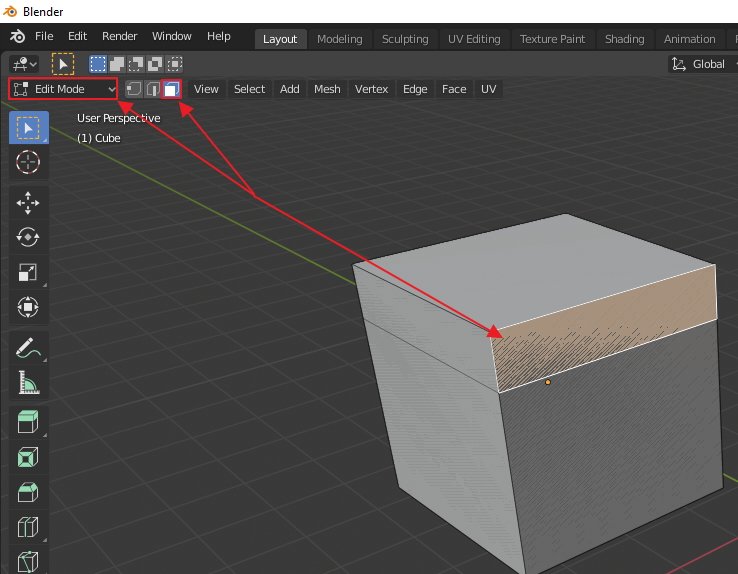

If the Gamma value is reduced, the roughness will be increased and vice versa. It can be done by inserting a Gamma node between the Image Texture node and the Principled BSDF node. Sometimes, 3D artists want to adjust the pre-set roughness. Same as Normal Map, the color space of the Image Texture must be set to "Non-Color". Here is the result after changing the normal strength to 5:Īs the name "roughness" implies, it defines how rough a surface is. A strong normal effect can be achived by increasing the Strength value of the Normal Map node. It depends on the taste and need of 3D artists. With Base Color and Normal being applied, the rendered car becomes: Please note that a Normal Map node is used to convert an image texture into a normal and the color space is set to "Non-Color"įriendly reminder: Please remember to connect the Mapping node to this newly added Normal map. Of course, the image file should be set to the normal map. Besides directions, it also stores the height or strength of each face, so it can create height variance and affect shadows and highlights.Īgain, the normal map is brought into Blender via an Image Texture node. It defines the directions each surface is facing. Here is the rendered result after scaling the Base Color texture map.īesides Base Color map, Normal map also gives dramatic changes to a 3D model. The Mapping node should be connected to all image texture nodes, otherwise, the alignment of other maps will be wrong. In this case, the scale of the mapping is changed from 1 to 5 for x, y and z directions. To scale all the texture maps, Texture Coordinate node and the Mapping node are used. Usually, the scale of the texture should be adjusted. The color space should be set to "sRGB" (default value) or "Color" for old version.ģD model sizes can range from a few centimeters to a few meters. The "Base Color" image texture node should be connected to the Base Color input of the Principled BSDF node. In this tutorial, " Rusty Metal Texture with Bumpy Surface (Metal 0004)" is used. Shadows and highlights are taken off from the base color map, so it is a purely albedo map.Īll texture maps can be imported into Blender by Image Texture nodes. If the car model is rendered now, it will look like:īase color map is responsible for defining colors of textures. Principled BSDF is a PBR shader in Blender. While the model is still being selected, the UV editor's panel can be switched to the Shader Editor.Ĭlick the Use Nodes checkbox if it is not checked.īy default, the latest Blender version use PBR or metalness workflow as its rendered result which is more accurate than specular workflow's. The metallic values of non-metallic (aka. To save storage space and downloading time, metallic maps are provided for metallic materials only. In the older specular workflow, the following maps are used:


In metalness workflow, the following maps are used for rendering: Metallic Workflow and Principled BSDF ShaderĪll texture maps offered by follow metalness workflow which is 100% PBR safe. This step is optional, but it can ease the texture alignment.
#Blender 3d textures how to
The purpose of this tutorial is to teach 3D artists how to manually apply physically based rendering (PBR) textures in Blender (3D modeling software).īefore applying any textures, a 3D model is required.


 0 kommentar(er)
0 kommentar(er)
